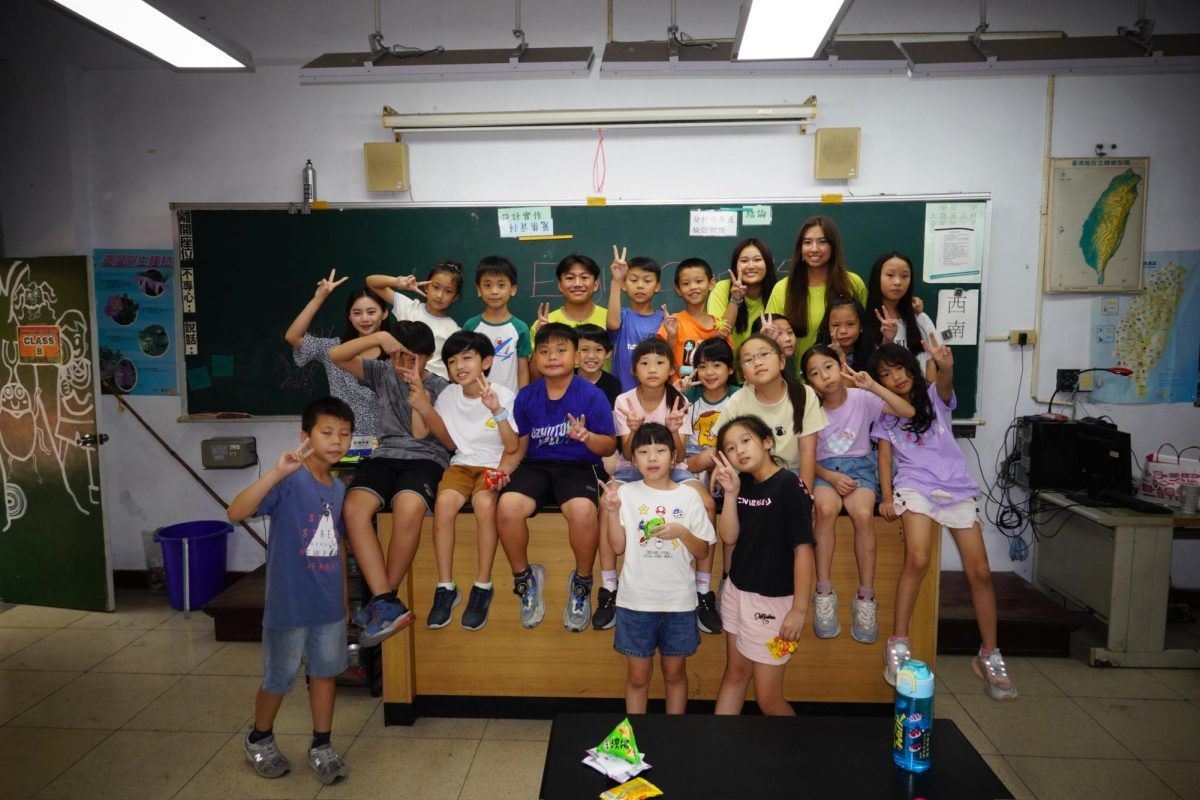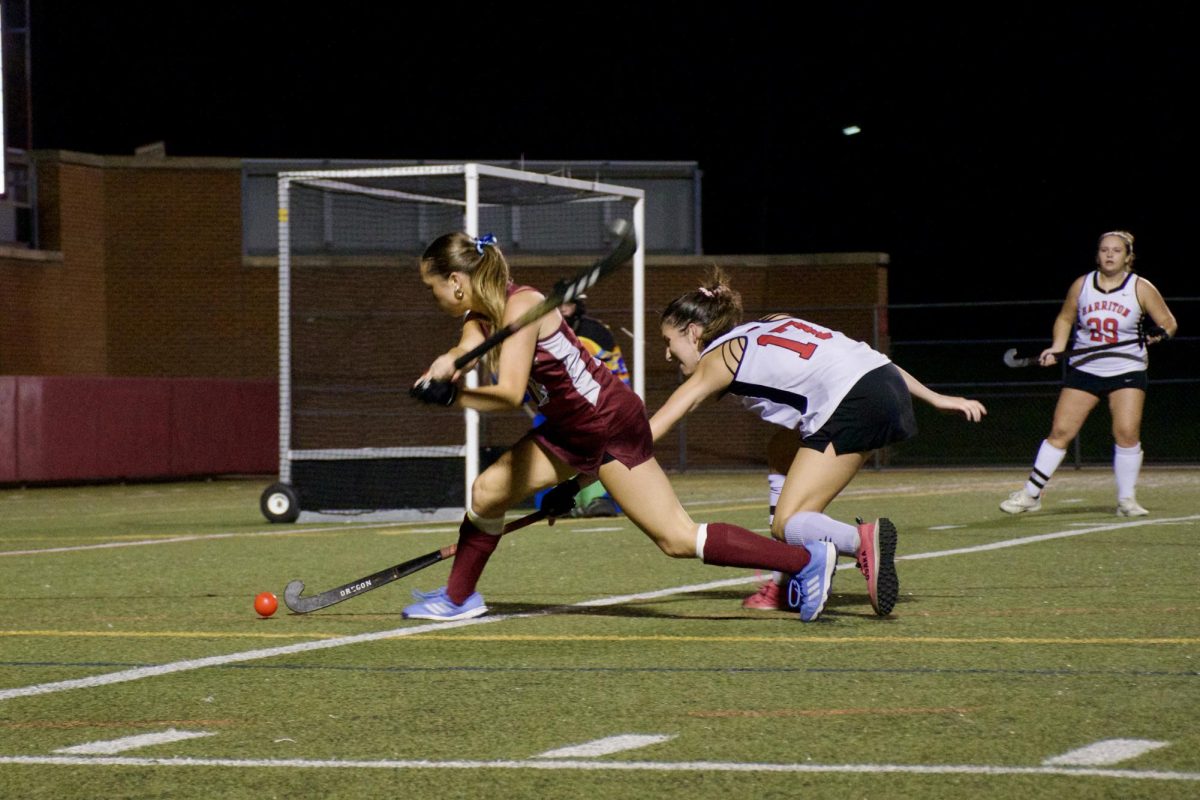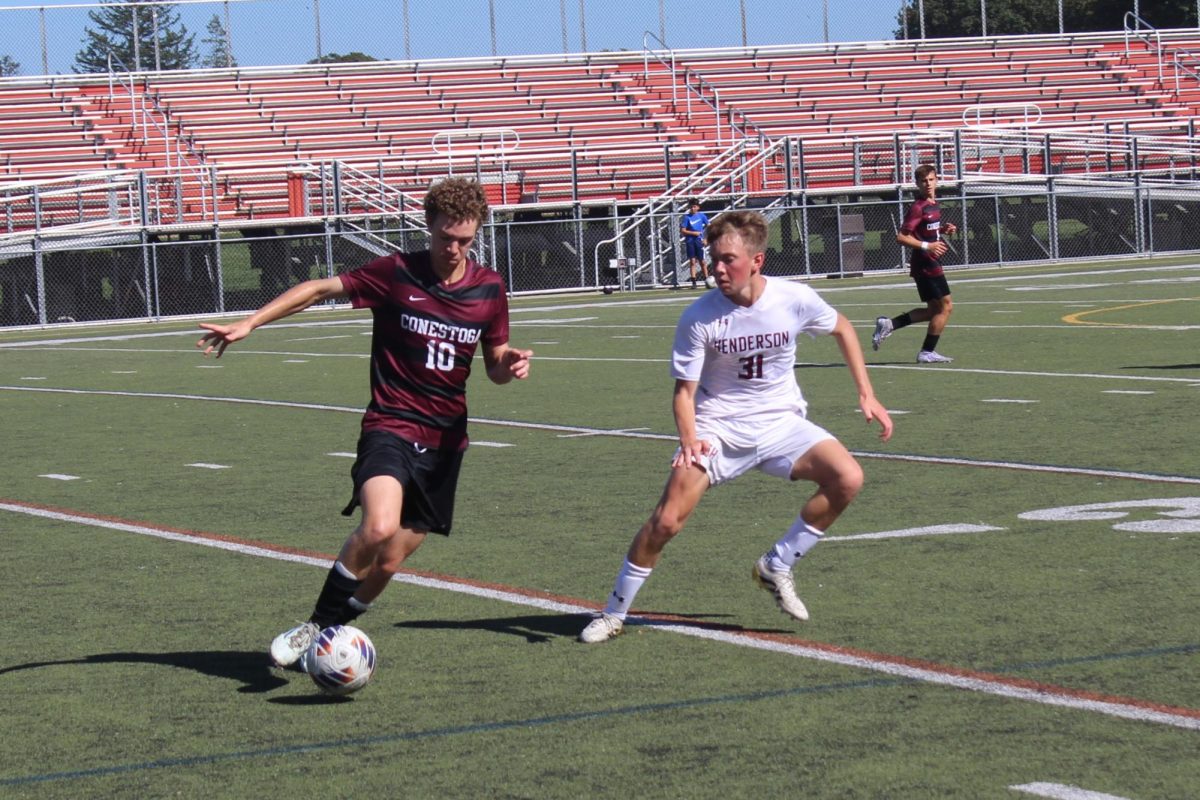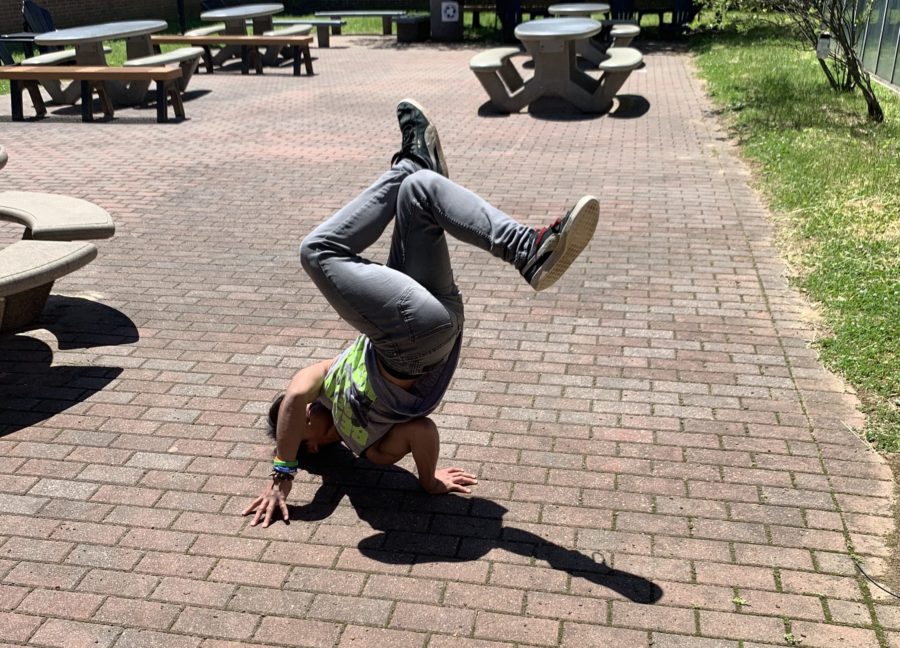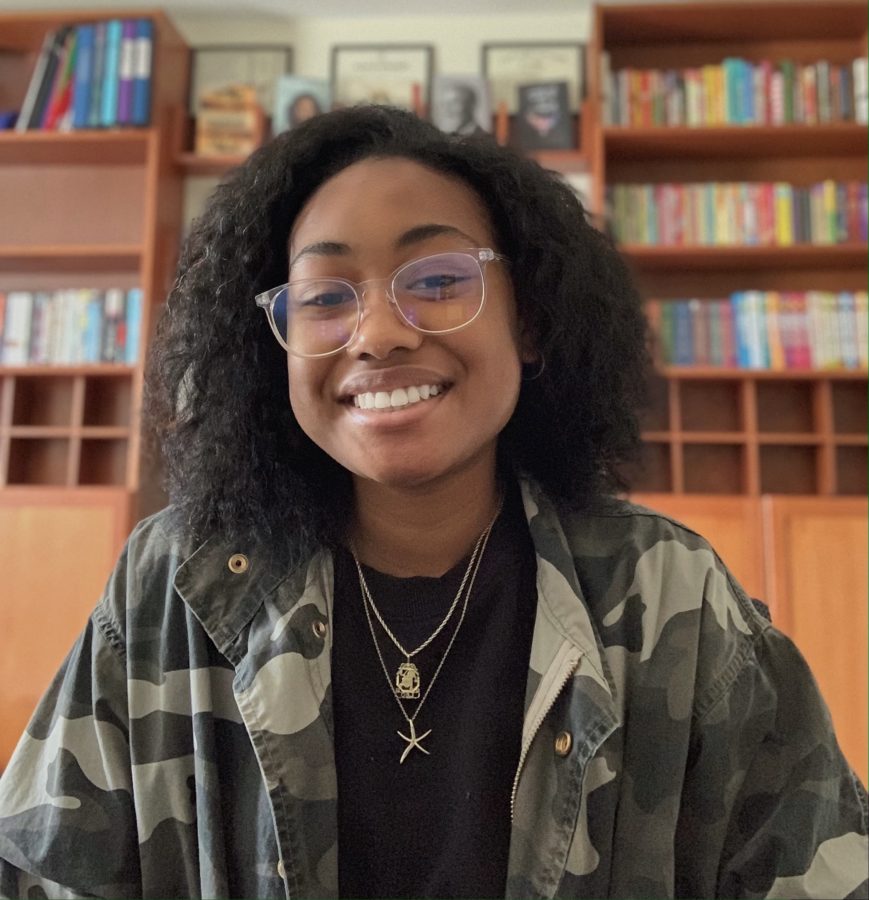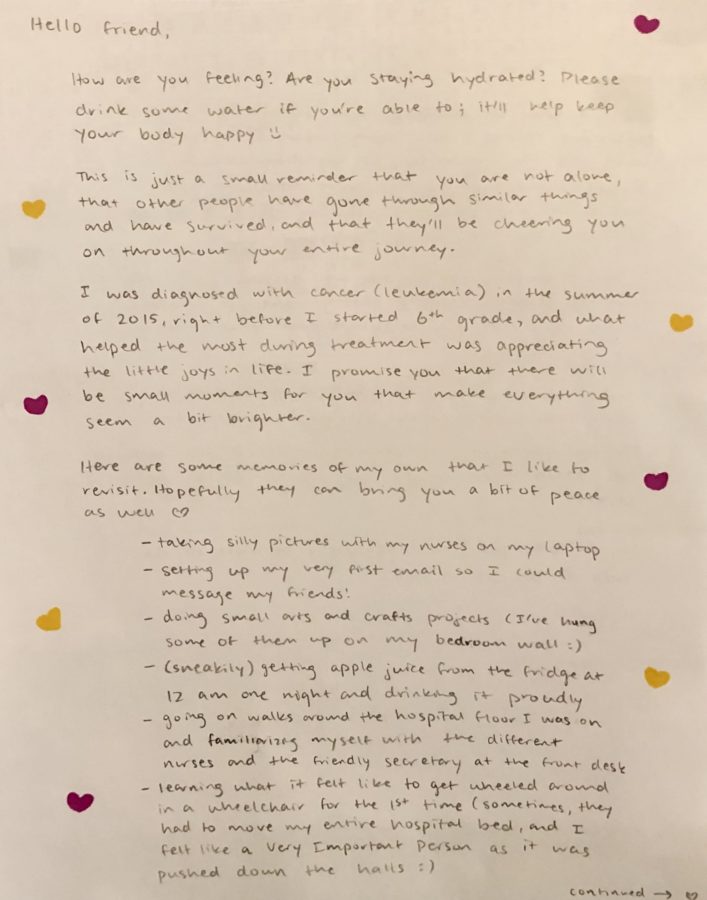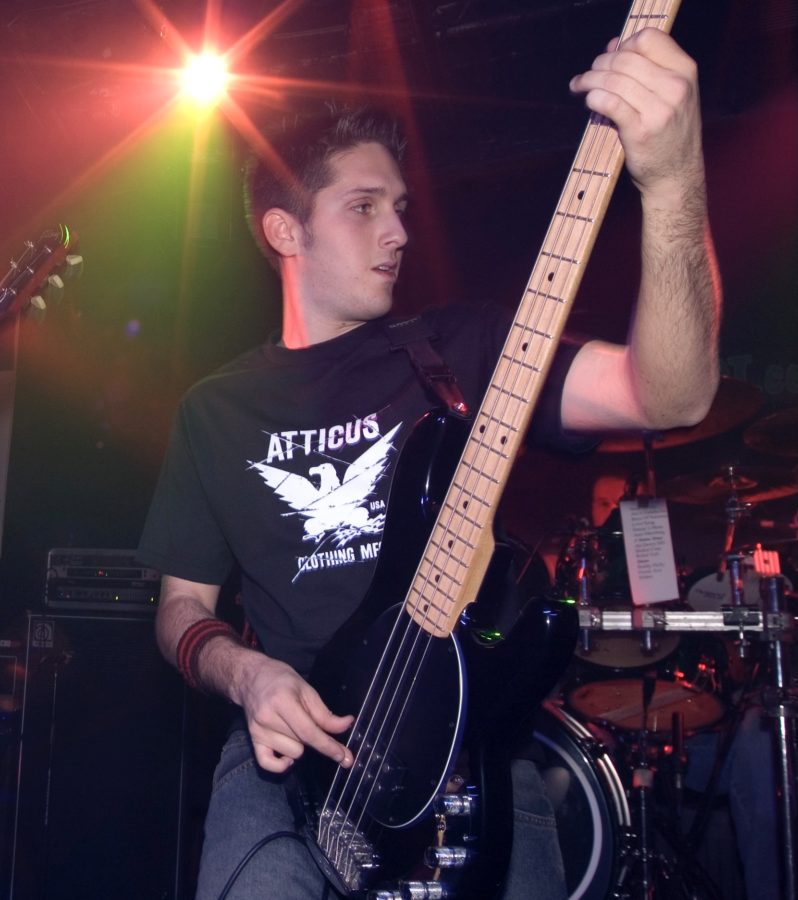By Hyunjin Lee, Co-T/E-Life Editor
Junior Arien David pauses for a minute, contemplating over the multitude of break-dance moves he has learned over the years. For students such as David, dancing provides them with a break from stressful days at school as well as a way to connect with their cultures.
Many students may recall the performance by the ‘Stoga Break Dancers earlier this year at the pep rally. Junior Arien David, who has been dancing for three years, frequently performs at pep rallies as part of the break dance team. Break dancing, or b-boying, is a type of street dance which evolved from major cities in the United States during the 70s and 80s. Inspired by his older brother, who first introduced him to b-boying, David dances for at least two days a week.
“Dancing, to me, is another way to express oneself and to vibe out with music,” David said.
His favorite memories include performing for large audiences and mastering handstands.
“[Dancing] built my confidence and (helped me in) being daring because there are moves that just take a lot of overcoming fear,” David said.
Sophomore Relena Li began dancing after learning Latin dance in elementary school. Latin dance has roots dating back to the indigenous dances of native Americans, Europeans and Africans, but with time, Latin dance has evolved to include rumba, samba and tango along with others.
“I first started dancing for audiences in 6th grade at my school in China,” Li said. “There was a festival at my school and my teacher encouraged me to perform.”
Now, Li dances the Ming Zhu Wu, a traditional Chinese dance that roughly translates to “Race Dance.” Chinese dance can be traced back thousands of years, where each dynasty had their own imperial court dances, all varying in style.
“I enjoy dancing because it looks visually pretty and also makes me happy,” Li said.
Junior Aleta Ross dances for around 15 hours a week, having started ballet when she was nine years old after trying a class with a friend. Ballet is a performance dance, originating from the Italian Renaissance and later developed into a concert dance in France and Russia.
“I love how you can express yourself without words, and I love getting to dance with so many really talented girls,” Ross said. “I love the atmosphere of my studio — we are like a family.”
Every year, Ross and other members of the International Ballet theater put on a nutcracker show. For Ross, every performance is an invaluable experience.
“I get to dance with my friends and I can show everyone what I have been working on,” Ross said. “I learned a lot about how to be proud of my friends for their accomplishments, how to work as a team and also how to be more bold.”
Dancing is a way for students like freshman Aditi Dahagam to connect with her heritage. Dahagam began dancing classical Indian dances around ten years ago.
“I started dancing because my mom was friends with the teacher, so she signed me up and then I continued from there,” Dahagam said.
Dahagam has learned Bharatanatyamin in the past but currently learns Mohiniyattam. Bharatanatyam is a dance traditionally expressing religious themes and has an origin in Tamil Nadu, a southern Indian state. Mohiniyattam, one of the eight classical dances in India, derives its name from the word Mohini, a manifestation of the Hindu god Vishnu.
“I enjoy dancing because it’s relaxing and helps me take my mind off the stress of school,” Dahagam said. “It’s a great opportunity to learn more about my culture.”
Conestoga students partake in various types of dances as a way to gain confidence, relieve stress and have fun. However, most importantly, dancing allows these students to learn more about their own cultures. From classical, cultural dances to modern street dances, the diversity of the students’ dances is representative of the population here at school.









